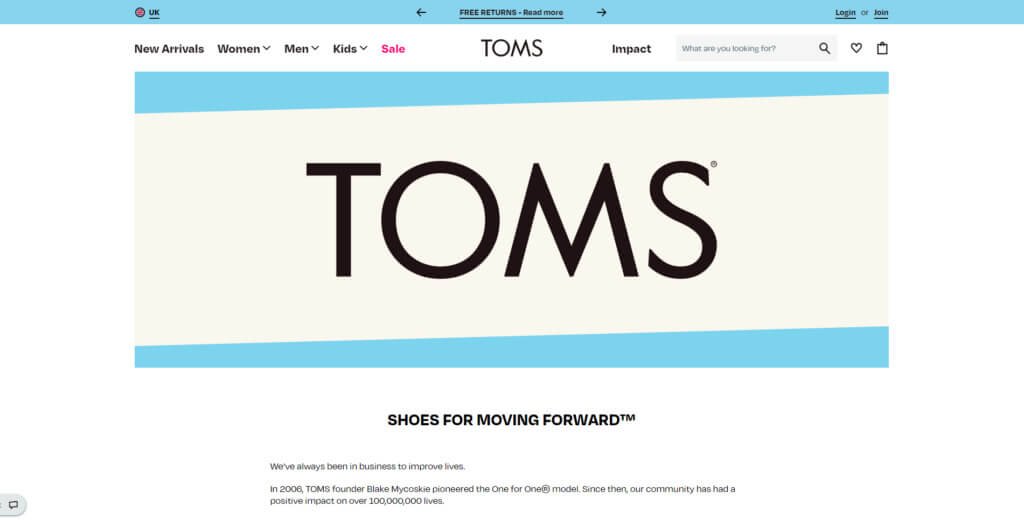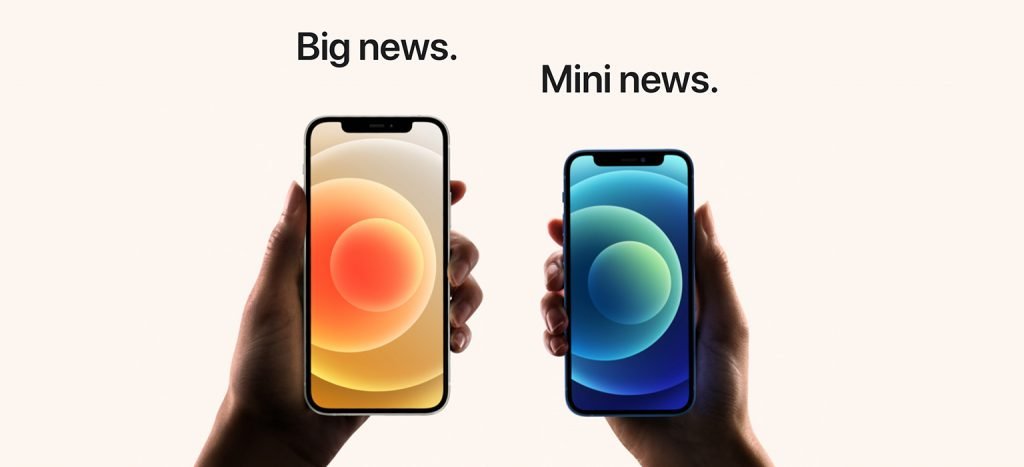Long gone are the days of door-to-door sales in which your personality and charm could win over a potential customer, in today’s day and age, companies have a split of a second to attract their audience’s attention and convert them into paying clientele. So, how do companies manage to achieve what seems like an impossible task? Simple, they do it through words.
Brand messaging plays a pivotal role in the success of your business. While visuals may catch the attention of your target audience, it is the brand messaging and the story it conveys that are capable of influencing the audience’s perception of your brand and converts them from a window shopper to a customer.
Now that we have stressed the importance of brand messaging, it is time to explain what exactly is this powerful concept that penetrates the mind and persuades others to get their hands on your products.
Are you ready for a quick marketing lesson?
What Is Brand Messaging?

Brand messaging is a term that describes the art of communicating the essence and persona of your brand to a potential customer through the use of words.
The general idea of brand messaging may seem simple, after all, we use words in our daily interactions both on and offline. But the matter of fact is, it’s not about what you say, it’s about how you say it.
This minute detail is the reason brand messaging is considered to be a form of art and can be the deciding factor of whether your business penetrates the growing in competition market or makes it to the entrepreneurship graveyard.
Brand messaging is more than your slogan, while your logo, catchphrase, and/or tagline do belong to the same category, brand messaging is an overarching term for all of the words used by your business. From the words on your website to packaging, social media, and everything in between.
There are several aspects that when combined together compose a powerful brand message and, in this post, we will discuss the 5 critical elements of impactful brand messaging that will help you present your brand in its best light.
Core Elements of Impactful Brand Messaging
1 . Knowledge of Your Brand’s USP

In this part of the blog post we begin to introduce more terms whose definitions may not be known to everyone, but don’t worry, you will not be quizzed on these. The abbreviation USP stands for a term coined as Unique Selling Point. We wish there would be more to it, but at its core, your brand’s USP is simply that which makes it unique and makes people want to purchase your products.
To create a truly authentic and powerful brand message, you must identify what is unique about your product and emphasize it in your communications.
The next time you create a brand message, whether it be an advertisement or a simple social media post, ask yourself these two questions:
- What problem does my product solve?
- Why would someone buy my product instead of a competitor’s?
(And yes, your competitors also have a USP that they hone in on when creating their brand messaging.)
2 . Understanding Your Target Audience

This point should come as a surprise to no one. It is impossible to create an impactful brand message if you do not know who you are trying to persuade. People have varying values, opinions, and beliefs, it is actually not feasible to target and appeal to them all.
So, the key lies in getting to know the nitty-gritty details of your target audience and create your message with them in mind. Find out what makes them tick and infiltrate their mind with your shared values.
According to an article written by the Harvard Business Review, more than 60% of consumers stated that the primary reason they connect with a brand is due to their shared values. That is largely due to the fact that when it comes to evaluating a brand, people rely on feelings more than logic and facts. (Yes, this is us using facts to advise you not to rely on facts.)
3 . Voice

We’ve briefly mentioned before that brand messaging isn’t about what you say, but rather, how you say it. Effective and impactful brand messaging considers the voice of the brand. It is a factor that brings out the personality of your business and allows others to emotionally connect with your message.
Whether your voice is casual, funny, or professional, an important aspect of deciding on the voice is consistency. Once decided, your voice must be consistently reflected in your marketing materials to maintain the connection your customers formed with your brand.
4 . Story

Connections are formed by interactions and fueled by emotions. The best way to connect emotionally with your customers is by sharing your story. The more relatable the story, the more impactful the messaging will be.
Most products come as a result of a problem that needed resolving. A complex issue combined with inspired action is the basis of any brand story worth sharing.
So, when sharing the story with your customers, consider the following questions:
- What problem does your product solve?
- What inspired you to create this product?
- How has this product helped you and others with similar problems?
5 . Slogan

There’s that new vocabulary word we’ve all been waiting for. Earlier in the post, we mentioned that brand messaging is more than just a catchphrase, slogan, or logo. But, it is important that we acknowledge the importance of a slogan.
Brands use slogans to create a memorable message that embodies the core values and USPs of their business. With a catchphrase, you can share the essence and reason for being of your entire brand in just a few short words.
A great example of an impactful slogan would be Walmart’s “Save Money, Live Better” catchphrase. From that short statement, a potential customer can infer that by shopping at Walmart they will be able to save money and lead a happier and overall better lifestyle.
- Brand messaging is a complex web of words that combine emotions and strategy meant to portray a brand’s true essence to its desired audience.

